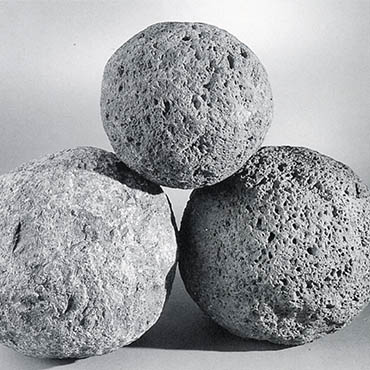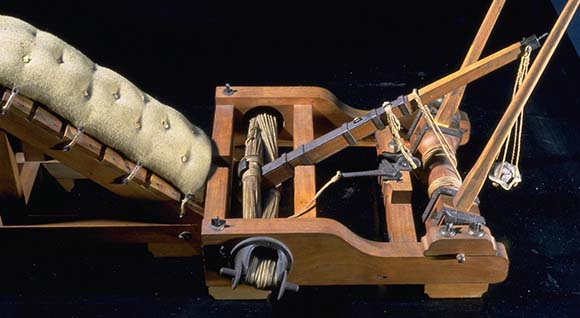5. War machines

The problem of overtaking walled cities lies at the heart of the development of siege machines, which were capable of launching stone darts and projectiles. Introduced by the Greeks, these machines were used and further developed by the Romans.
Nothing of the ancient machines has survived: built primarily of wood, a perishable material, we know of them only through the descriptions given in literary sources, and through a few ancient pictorial depictions.
In 89 BC, the Romans used siege equipment to conquer Pompeii, which had supported the insurrection of its Italic allies. The signs of projectiles launched by catapults, ballistas and onagers are still visible on sections of the walls between Porta Ercolano and Porta Vesuvio.
Siege machines were created for storming cities fortified by walls, against which stones and arrows were hurled. War machinery, introduced by the Greeks and perfected by the Romans, functioned by applying force produced by tension and torsion of bundles of fibres, ropes, or animal sinews or hairs.
A great deal of stone projectiles have been found which testify that during the siege of Pompeii by the Romans in 89 BC, various war devices were used. Among these was a kind of catapult, wound up by torsion using winches, which hurled spherical projectiles of great size.
- Provenance: Pompeii, R.VII,1,25 (House of Sirico, triclinium)
- Date: Second half of the first century AD - Fourth Style



